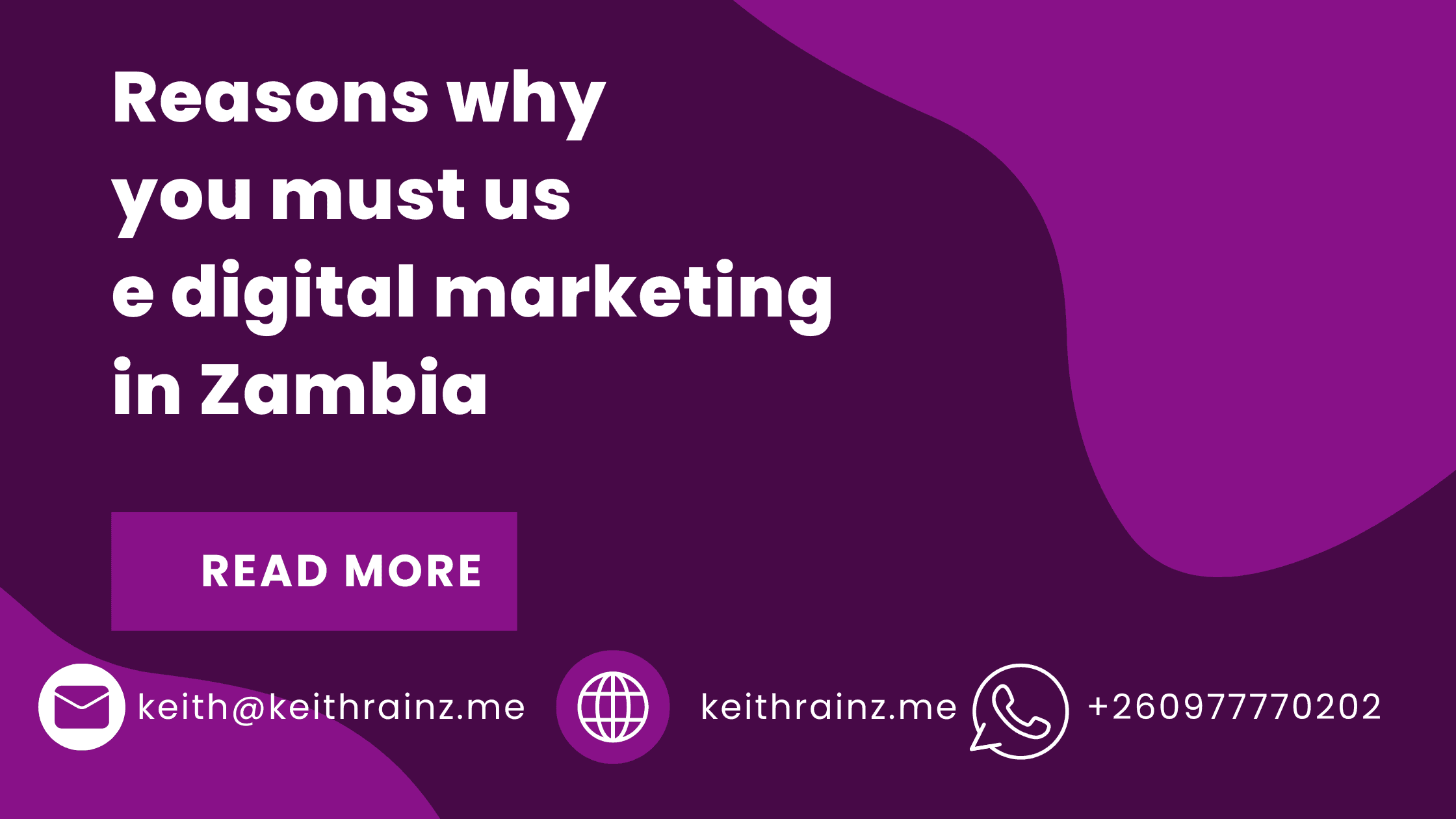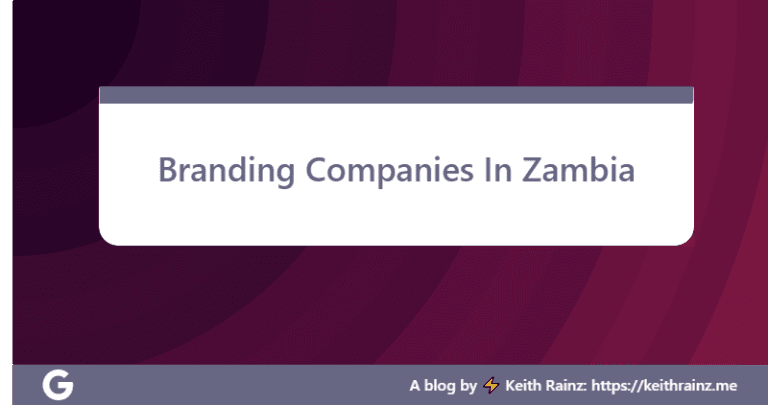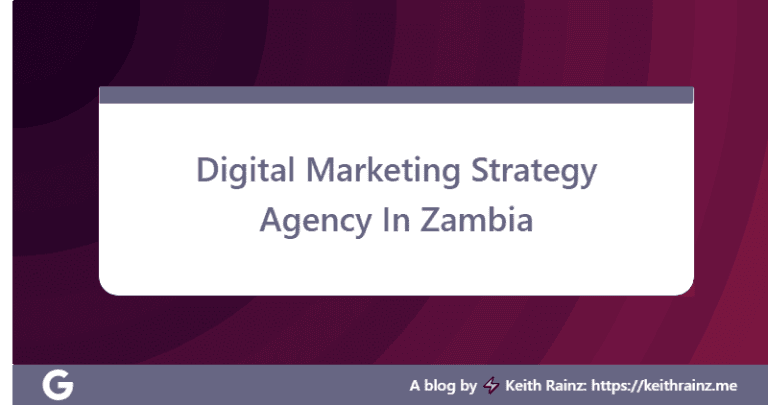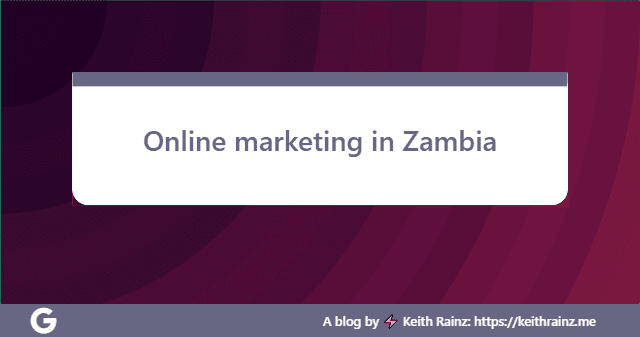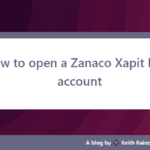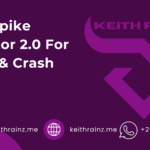Digital marketing in Zambia refers to the use of digital channels and online platforms to promote products, services, and brands within the Zambian market. This form of marketing leverages the internet, social media, mobile apps, email, and websites to reach a wider audience. As Zambia’s internet penetration has increased in recent years, digital marketing has become a crucial strategy for businesses of all sizes.
Here’s an overview of key aspects of digital marketing in Zambia:
1. Popular Digital Marketing Channels
- Social Media: Platforms like Facebook, Instagram, WhatsApp, and Twitter are widely used in Zambia for marketing. Businesses leverage these platforms to engage with customers, promote products, and run targeted ad campaigns.
- Google and Search Engines: Many businesses use search engine optimization (SEO) and paid advertising (Google Ads) to ensure that they rank highly on search engine results for relevant terms.
- Mobile Marketing: With high mobile phone penetration in Zambia, SMS marketing and mobile-friendly campaigns are popular ways to reach potential customers. Many Zambians use smartphones to access social media and browse the web, making mobile-based strategies essential.
- Email Marketing: Businesses collect email lists to send newsletters, promotions, and updates, helping maintain direct communication with their customers.
- Influencer Marketing: Influencers like Keith Rainz (who is involved in finance, trading, and tech) collaborate with brands to promote products and services through social media, leveraging their personal brands and audiences.
2. Local Context
- Growing Internet Access: Internet penetration in Zambia is increasing, making digital marketing more effective. Urban areas, particularly Lusaka and the Copperbelt region, are the primary hubs for digital marketing activities.
- E-commerce: With platforms like Facebook Marketplace and Zambian e-commerce websites, digital marketing plays a role in promoting online sales and driving traffic to these platforms.
- Cost-Effective: Compared to traditional advertising (radio, TV, billboards), digital marketing is often more affordable, allowing small and medium-sized businesses to reach a wider audience with limited budgets.
3. Challenges
- Internet Accessibility: While digital marketing is growing, there are challenges in reaching audiences in rural areas where internet connectivity is limited.
- Digital Literacy: Not all Zambians are digitally literate, which can limit the effectiveness of some campaigns.
- Infrastructure: Zambia’s digital infrastructure, though improving, still has limitations in terms of consistent access to electricity and high-speed internet.
4. Opportunities for Businesses
- Targeted Advertising: With digital platforms, businesses in Zambia can create highly targeted advertising campaigns based on demographics, location, interests, and online behavior, reaching a more specific audience.
- Global Reach: Digital marketing also opens opportunities for Zambian businesses to expand beyond local markets, reaching international customers through online channels.
- Analytics and Data: Digital platforms provide in-depth analytics, allowing businesses to track the performance of their marketing campaigns in real time, helping them refine strategies for better results.
Digital marketing is becoming a key component of business growth in Zambia, particularly as more businesses recognize the need to establish an online presence to stay competitive in the local and global market.
